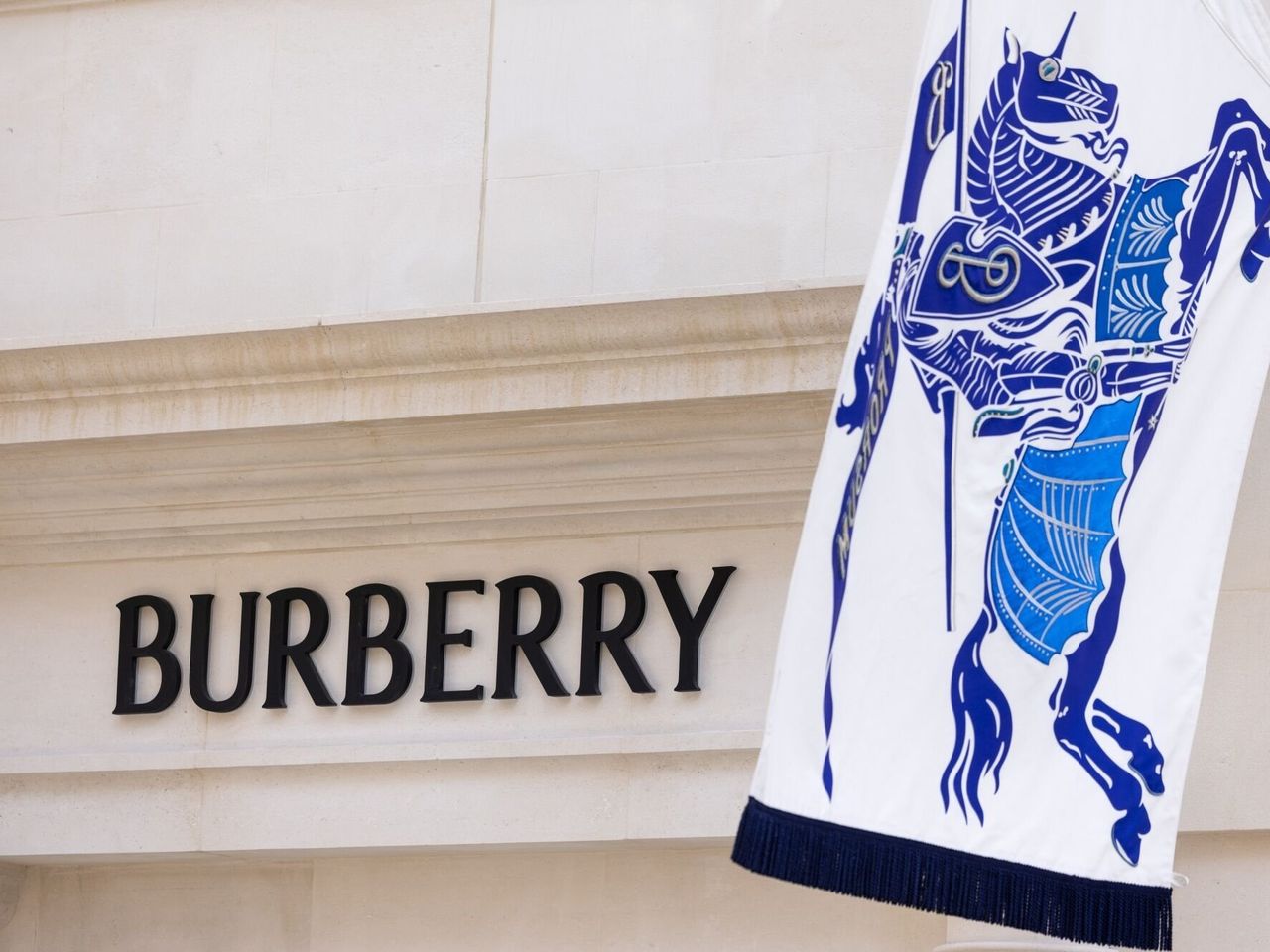The global luxury market has been experiencing a slowdown in demand, and Burberry, the renowned British luxury-goods company, is not immune to this trend. In response to the challenging market conditions, Burberry recently announced a revision to its guidance for the fiscal year ending in March 2024. This article delves into the factors contributing to the slowdown in luxury demand, examines Burberry’s revised guidance, and analyzes the potential implications for the company.

Understanding the Slowing Luxury Demand
Luxury demand has been facing headwinds worldwide, affecting numerous high-end brands. Economic uncertainties, changing consumer preferences, and geopolitical tensions have all played a role in dampening the appetite for luxury goods. In December, a crucial trading period for the industry, Burberry witnessed a continuation of this downward trend, prompting the need for a revised guidance.
Burberry’s Revised Guidance
Burberry expects its adjusted operating profit, a key financial metric that excludes exceptional and one-off items, to range between £410 million and £460 million ($523.2 million-$587.1 million) for the fiscal year ending in March 2024. This downward revision reflects the company’s cautious approach to the challenging market conditions and the need to adapt to the evolving luxury landscape.
The revision in guidance aligns with Burberry’s commitment to providing transparent and realistic expectations to its shareholders and stakeholders. By acknowledging the impact of the slowing luxury demand, Burberry aims to navigate through the current market challenges with resilience and strategic decision-making.
Factors Influencing Burberry’s Revised Guidance
Several factors have contributed to Burberry’s revised guidance amid slowing luxury demand. These factors are not exclusive to Burberry but reflect broader industry trends. Understanding these influences can provide insights into the company’s strategic choices and its ability to overcome obstacles in the luxury market.
1. Economic Uncertainties
Economic uncertainties, such as trade tensions and Brexit, have created a sense of caution among luxury consumers. Concerns about potential disruptions to global trade and changes in regulations have led to a more conservative approach to luxury purchases. Burberry, with its international presence, is not immune to the impact of these uncertainties.
2. Shifting Consumer Preferences
Consumer preferences have been evolving, with a greater emphasis on sustainability and ethical practices. The rise of conscious consumerism has prompted luxury brands to adapt their offerings and practices accordingly. Burberry’s ability to align with these changing preferences will play a crucial role in its long-term success.
3. Geopolitical Tensions
Geopolitical tensions, such as the U.S.-China trade war and political unrest in various regions, have created an atmosphere of uncertainty and caution among luxury consumers. Burberry, like other luxury brands, must navigate the complexities of these geopolitical dynamics to maintain a strong global presence.
4. Technological Disruptions
Technological advancements have disrupted traditional luxury retail models. E-commerce and digital platforms have revolutionized the way consumers interact with brands, making it essential for luxury companies to adapt to the digital landscape. Burberry’s digital transformation efforts will be instrumental in reaching and engaging with its target audience.

Implications for Burberry
Burberry’s revised guidance reflects the company’s proactive approach to addressing the challenges posed by slowing luxury demand. By setting realistic expectations, Burberry aims to maintain its financial stability and shareholder confidence. However, the revised guidance also highlights the need for Burberry to continue innovating and adapting to the changing luxury market.
To mitigate the impact of slowing demand, Burberry may explore strategies such as diversifying its product offerings, expanding into new markets, and leveraging its digital capabilities. By staying ahead of the curve and understanding consumer needs, Burberry can position itself as a resilient and forward-thinking luxury brand.
Conclusion
The global luxury market is experiencing a slowdown in demand, prompting Burberry to revise its guidance for the fiscal year ending in March 2024. Economic uncertainties, shifting consumer preferences, geopolitical tensions, and technological disruptions are all contributing factors. By acknowledging these challenges and setting realistic expectations, Burberry aims to navigate the current market conditions with resilience. By embracing innovation and adapting to the evolving luxury landscape, Burberry strives to maintain its position as a leading luxury-goods company.
